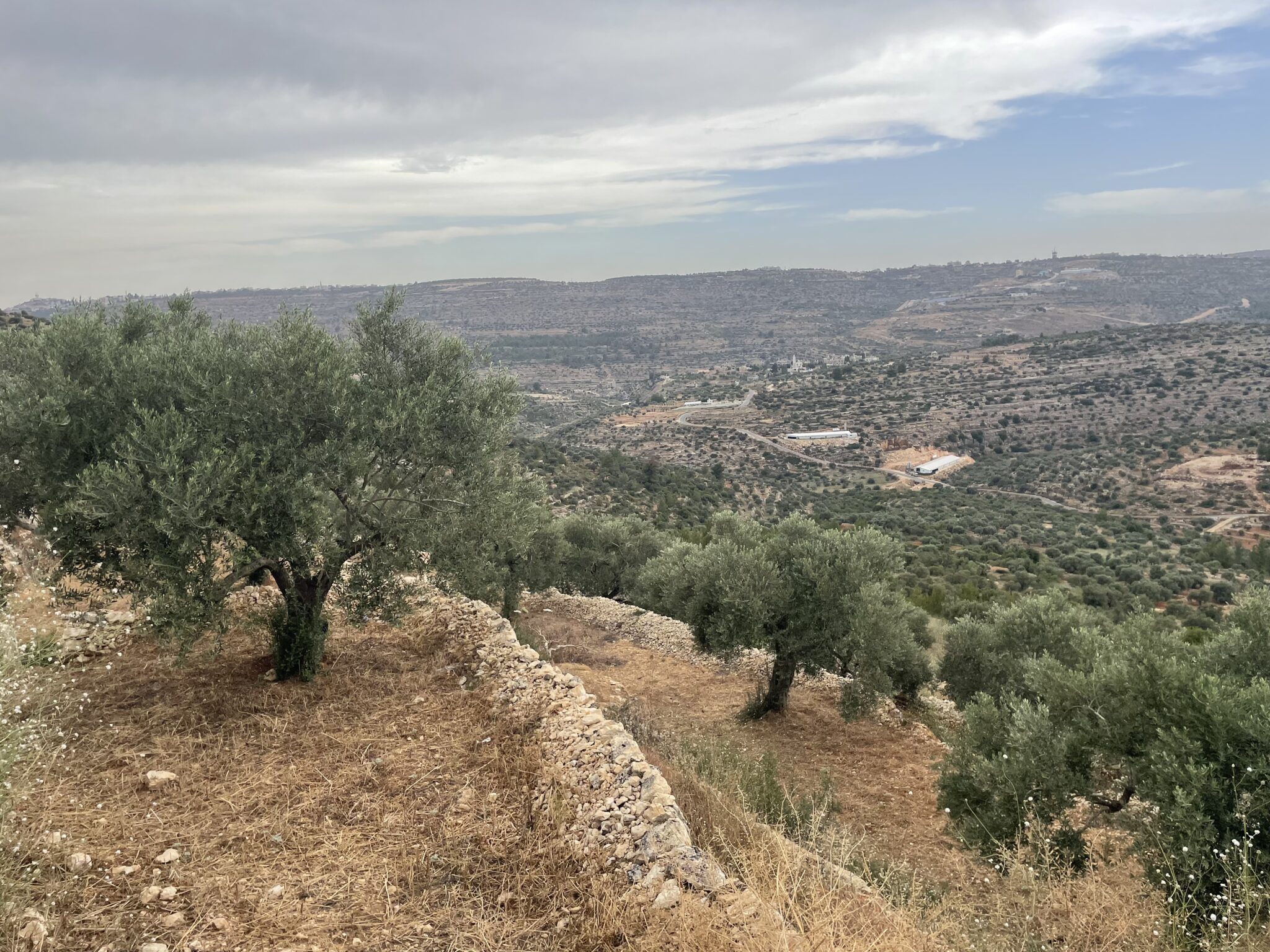There is a story that beats loudly in the rhythm of Palestine’s streets, a story that lives beyond screens and pixels. The sounds, footsteps, and breezes that flow across the country’s hills and valleys convery its true spirit, which cannot be captured through mere digital imagery.
To truly embrace a nation is to immerse oneself in its very essence; to walk its streets, to taste its flavors, and listen to the whispering tales of its people. It beckons one to wander bustling markets, where the air is filled with the aroma of far-off spices, to stand in awe before hills, valleys and monuments, to engage in conversations with its people—to share their laughter and bear witness to their tears.
In short, it is to appreciate its multifaceted beauty – be it physical, cultural, or emotional – immerses us in its core, allowing us to become a part of its unfolding story.
In Raja Shehadeh’s memoir, Palestinian Walks: Notes on a Vanishing Landscape (2008), he extends an invitation to the reader on a poignant journey through the hills and valleys of his homeland, Palestine. His hiking escapades with friends and volunteers unfold a tapestry of the land steeped in history, culture, and resilience.
With vivid strokes, Shehadeh embarks on his walks, painting vivid pictures of the landscape, its inhabitants, and the ever-changing political climate. He narrates tales of ancient olive groves standing sentinel for centuries, ancient villages clinging to the hillsides, and lively bustling marketplaces pulsating with life.
Yet beneath the vibrant hues of Palestine’s flora, Shehadeh encounters the somber realities of life under occupation. Amidst the blooming landscapes, he bears witness to the devastation of Palestinian homes and villages, the confiscation of Palestinian land, and the checkpoints that sever communities. The heartbreaking juxtaposition of the Palestinian people, which forms the central theme of Shehadeh’s book, is highlighted by the striking contrast of beauty and suffering.
In one poignant chapter, Shehadeh recounts the journey to a once-cherished hilltop near the Palestinian village of A‘yn Qenya. What once led to a tranquil haven had been destroyed, replaced by a trail obstructed by boulders that cascaded down from the terrace above. This illegal road, constructed in 1992, had ravaged a sanctuary that had stood untouched for centuries.
“At any moment an Israeli army jeep might drive on the road above and see us,” Shehadeh says. “This valley is part of what the Oslo Accords call area C, where Palestinians may not venture without a permit from the Israeli military authorities.”
Amidst the wreckage of the once-verdant landscape, Shehadeh’s memories flooded with cherished afternoons spent on the tranquil hill, reminiscing about how the Palestinian landscape had transformed over time, and how a path he once traversed with ease was now obstructed.
As they walked slowly through the ravaged terrain, Shehadeh’s friend said: “You Palestinians, are always waiting. You wait at checkpoints, you wait for permits, and you have to get to the airport so early to make sure you can go through. Your life is a series of waiting episodes. How can you take all this? Why aren’t you screaming?”
This specific passage in the book highlights the significant impact that the Israeli occupation has had on Palestinians’ everyday lives, even in the seemingly unremarkable activity of walking. “Palestinian Walks” is a profoundly intimate examination of the Palestinian experience rather than just a travelogue.
Through his walks, Shehadeh reminds us that Palestine is not just a place on a map; it reiterates that Palestine as a living, breathing land with a rich history and a vibrant culture. It is home to millions of people who have faced countless challenges, yet they continue to hope for a better future.







Comments (0)